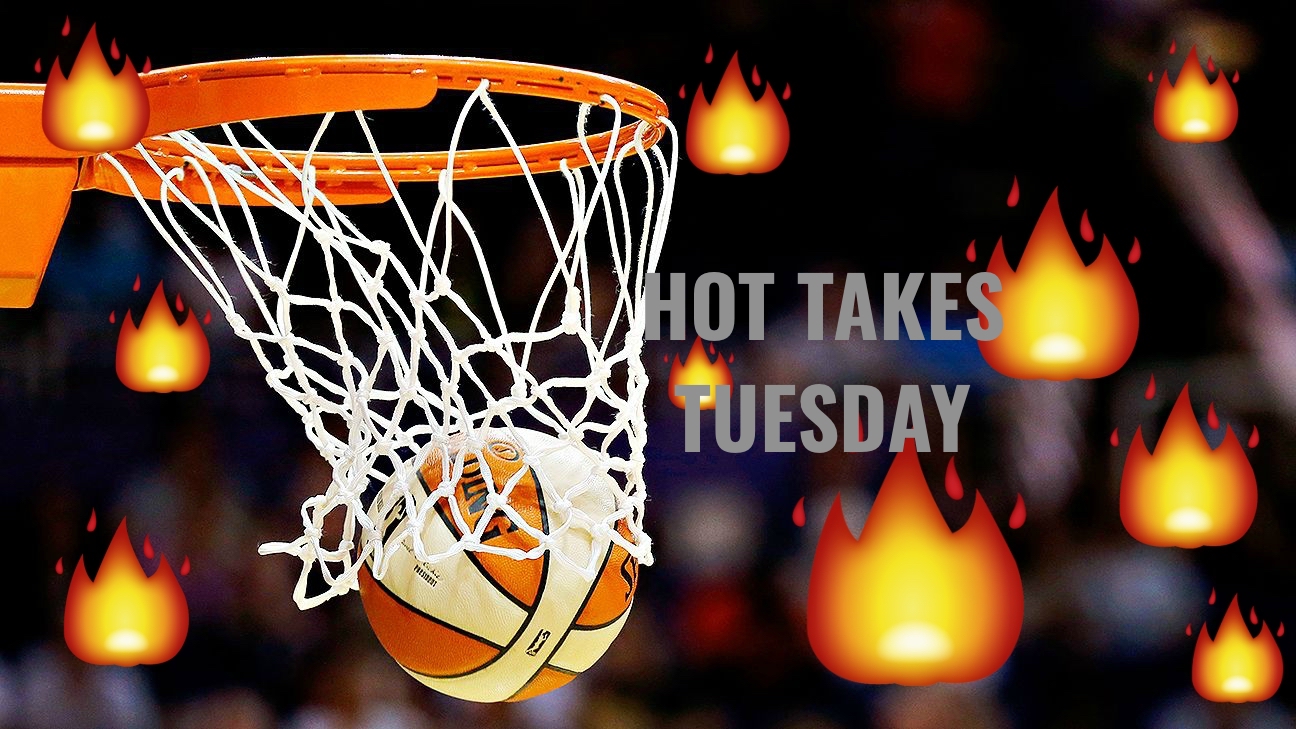
Prompt Images
Hot Takes for Tuesday June 27, 2017
Presented by  .
.
1. How we can fix the WNBA.
For this week’s edition of Hot Takes, I am going to stick to one subject: the WNBA.
For those who don’t know, the WNBA (Women’s National Basketball Association) is the female counterpart of the NBA. Since its inception in 1997, the WNBA has had notoriously poor TV ratings, and even worse fan attendance. Half of the teams in the WNBA actually LOSE money, and the average game attendance has steadily declined every season since its record high of just below 11,000 in 1998.
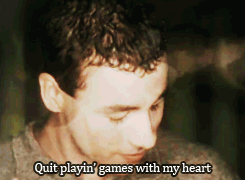
Which was also the year Nick Carter showed us the meaning of being lonely.
While I’m sure there are multiple reasons for the WNBA’s lack of popularity, most sports fans, including myself, agree that the primary reason no one, in layman’s terms, “gives a shit” about the league. The average basketball viewer or fan sees the competition level as substantially lower than that of the NBA and even that of NCAA Men’s Basketball.
That’s not to say that there aren’t fierce rivalries or close games in the WNBA, but people want to see human beings dunk basketballs on each other. And as of 2014 that has only happened 11 times in the entire history of the WNBA.
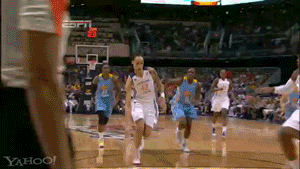
Swinging on the rim was a nice touch.
The WNBA isn’t the first sports league to fail in capturing an audience, and it certainly won’t be the last. The world of sports is littered with the graves of for failed ventures: The XFL, The ABA, Slamball.
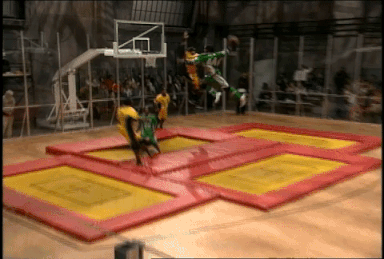
Slamball: The game of kings.
The WNBA needs a new direction. Basically, they need to go on Pimp My Ride.
Unfortunately, that show only fixed up cars, and was cancelled a decade ago, so I will just have to do my best Xzibit impression in this article.
Here is how I would revise the WNBA:
1. Lower the Rim
The rim is 10 feet high in both the NBA and WNBA. This doesn’t make sense.

It don’t make no damn sense.
The average NBA player is 79 inches tall (6 feet, 7 inches), while the average WNBA player is 72 inches tall (6 feet). Additionally, the average NBA vertical leap is 22.1 inches, while the average WNBA vertical leap is 14 inches. In other words, when the average NBA and WNBA player jump, the top of their heads are both roughly 101 inches and 86 inches in the air.
Therefore, without taking wingspan into account, the WNBA rim should only be 85 percent as high as the NBA rim—8.5 feet—if we want to see the same number of dunks per game.
But, here’s the thing, we don’t want to see “as many” dunks. We want to see MORE dunks. The WNBA is the underdog in this scenario. They aren’t going to become as popular as the NBA by putting the exact same product on the floor.
Pepsi doesn’t want their drink to taste the exact same as Coke. If it did, people would just continue to buy Coke. No, they want their drink to taste BETTER than Coke, and that’s exactly why the WNBA rim should stand at 8 feet, 2.5 inches tall.
To counteract the inevitability of having one or two super tall WNBA players dominate this shortened rim, we’re going to reduce the 3-second-rule to a 2-second-rule.
CHANGES: 98.5 inch rim & 2-second rule.
2. Shrink the Ball
Using similar logic, the WNBA basketball is simply too large.

Overdramatic reenactment.
The WNBA basketball has a 28.5 inch circumference, while the NBA basketball is roughly 3.5 percent larger with a 29.5 inch circumference. But, the average male hand is actually 10 percent larger than the average female hand, so the WNBA should actually be using a 26.55 inch ball if they want their players to handle it as easily as the NBA players do.
Again, we’re going to overcompensate even further. We don’t want WNBA point guards to cross up defenders just as well as NBA point guards, we want them to be even better.
The new WNBA ball is 26 inches in circumference.
CHANGES: 26 inch ball.
3. Ban the Zone
Up until 2001, the NBA actually banned the zone defense. For those who don’t know, the zone is a defensive basketball strategy that essentially gives each player on the team a specific area on the court that they are responsible for protecting. Simply put, if an opposing player goes into your zone, you cover them. If they leave your zone, you let them go.

And they’re out of your life forever.
The opposite of a zone defense is a one-on-one defense. In the one-on-one, each player on the court is responsible for covering a specific player on the opposing team. The one-on-one is tiring, and ultimately leads to more scoring when one or two players on one team are better than the rest.
WNBA teams primarily use the zone. This needs to stop. The zone defense is about as fun to watch as a football team that only runs the ball, or C-SPAN.

F yeah! This is my favorite episode!
Banning the zone increases scoring, fast breaks, fun plays. The game moves faster, which is exactly what the WNBA needs to gain new fans.
CHANGES: No more zone defense.
4. Reduce the Shot Clock
The NBA’s shot clock is 24 seconds. The WNBA’s is 30 seconds.
The shot clock’s only purpose is to prevent teams from wasting time just passing the ball and dribbling around, and the WNBA’s current shot clock gives their teams an extra 6 seconds to do boring stuff like that. No thanks. Let’s drop it and speed it up. Now we’re really acting like Pimp My Ride.
CHANGES: 24-second shot clock.
5. Add 4-Point, 5-Point, and Game Ending Shot
The WNBA’s 3-point line is currently the same distance—roughly 22 feet—from the rim as FIBA. The NBA’s 3-point line sits a few feet further back at 23 feet, 9 inches.
I don’t want to move the WNBA’s 3-point line closer or farther from the rim. 3-pointers are now the unofficial sponsor of the NBA, and while they can sometimes be fun (especially in the last few possessions of a close game), excessive 3-point shooting is actually pretty boring to watch.
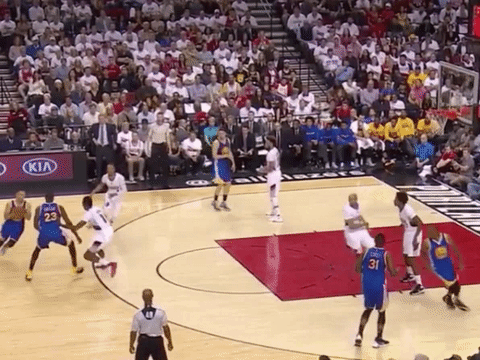
It’s pretty much the only thing Steph does.
So, we’re going to leave the 3-point line where it currently is in the WNBA, but we’re also going to add the NBA’s 3-point line out on the court too. Any shot made behind this line will be worth 4 points.
A 4-point shot will be considered new and exciting, and will certainly inspire people to watch in order to see what all the fuss is about.
While we’re at it, the half court line is now a 5-point shot, and if any player makes a full court shot, the game is officially over, and their team wins. We’ll refer to this as “the golden snitch shot.”

More Potter = More Fans
CHANGES: 4-Point Shot, 5-Point Shot, and Game Ender.
6. Reduce the Number of Teams
Right now the WNBA has 12 teams, which is significantly less than the NBA as well as the NFL, MLB, NHL, and even the MLS.
The thing is, having more teams dilutes the overall talent of the league a significant amount.
For example:
NBA teams are required to have at least 14 players on their roster. That means there are at least 420 players in the NBA.

Dope.
Each team has 5 starters who are presumably the 5 best players at each position, which means there 150 players who start for a team in the NBA.
But, if the league consisted of 10 teams, there would only be 140 players in the league, and every single player (including the 9 backups) would be talented enough to start in a 30 team league. In fact, 10 players that started in the 30 team league wouldn’t even be good enough to make it as a backup in the 10 team league.
If the WNBA wants to increase competition, they need to cut the fat and reduce the number of teams.

This is pretty much the basic plot of Semi-Pro.
Now, we don’t want to get too carried away, because having too few teams is also an issue. But, I think 8 teams is the perfect size for this new WNBA league. We will cut the 4 teams with the lowest fanbases, and do a complete re-draft. Even by cutting only 4 teams, the overall league talent will increase by 33 percent.
CHANGES: 8 teams in the league.
8. Make Every Game Count
The MLB plays 162 games each season, and most sports fans agree (besides the diehard baseball fans like myself) that 162 games is way too long. Winning or losing 10 games in the MLB season is the rough equivalent of losing 1 game in the NFL, which only has a 16 game regular season. Therefore, each MLB game is really only 10 percent as important as NFL games.

It’s an emotional rollercoaster.
The WNBA plays 32 games a season. This isn’t all that many (the NBA plays 82 games a season), but it’s still too many games that aren’t important enough to get new fans interested.
Instead of playing 32 games in a season, the WNBA will only play 7 games. In other words, each team would play every other team once. In this new format, winning a WNBA game is actually more than twice as important as winning an NFL game.
At the end of the season, each team will have an accurate and indisputable ranking from 1st seed to 8th seed. If two teams finish with the same record, the higher seed will go to the winner of the game when these teams played each other. If three teams are tied, and each team beat one of the other teams and lost to the one of the other teams, we give the higher seed to the team with the overall lowest number of points allowed. If two of those teams have the exact same number of points allowed, we go to overall number of points scored. If those two teams have the EXACT SAME number of wins, points allowed, and points scored, well… fuck. I don’t know. We’ll figure it out when the time comes. I mean, doesn’t that uncertainty add yet another level of excitement?
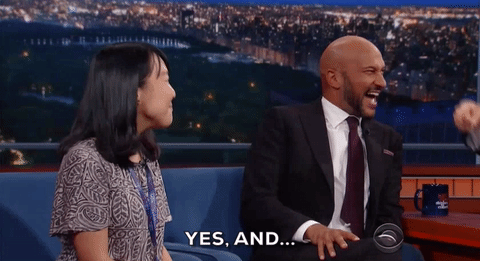
It’s called “improvising.”
After we have the proper seeding, we can go to the playoffs. There are 8 teams, so every team makes the playoffs. The 1st seed plays the 8th seed, the 2nd seed plays the 7th seed, etc…
CHANGES: 7 game regular season.
In Summary:
The new WNBA is vastly more exciting and competitive.
With a reduced shot clock, lowered hoop, and smaller ball, players are now playing above the rim and flying around the court faster than ever.
After cutting the bottom 33 percent of players, and drastically reducing the regular season, each game is competitive and crucial must-see TV.
With three new shots, including one that literally ends the game, blowouts are a thing of the past.
The WNBA is now to the NBA what UFC is to boxing. Adapting a sport to make it more exciting is not an unprecedented idea. Women’s volleyball uses a shorter net, women’s golf plays on shorter tees, and softball is played on a shorter field with a whole bunch of rules that separate it from baseball. Call your local senator, and ask them to support changing the WNBA. I don’t know if they have the power to do that, but giving them a call can’t hurt.
Take Temperature:
9/10 — I mean, there’s a shot that literally ends the game.

Like what you read this week? Enjoy last week’s #HotTakesTuesday with Jack O’Shea. And don’t forget to check back every Tuesday for another issue of Hot Takes Tuesday with Jack O’Shea, brought to you by .
.



